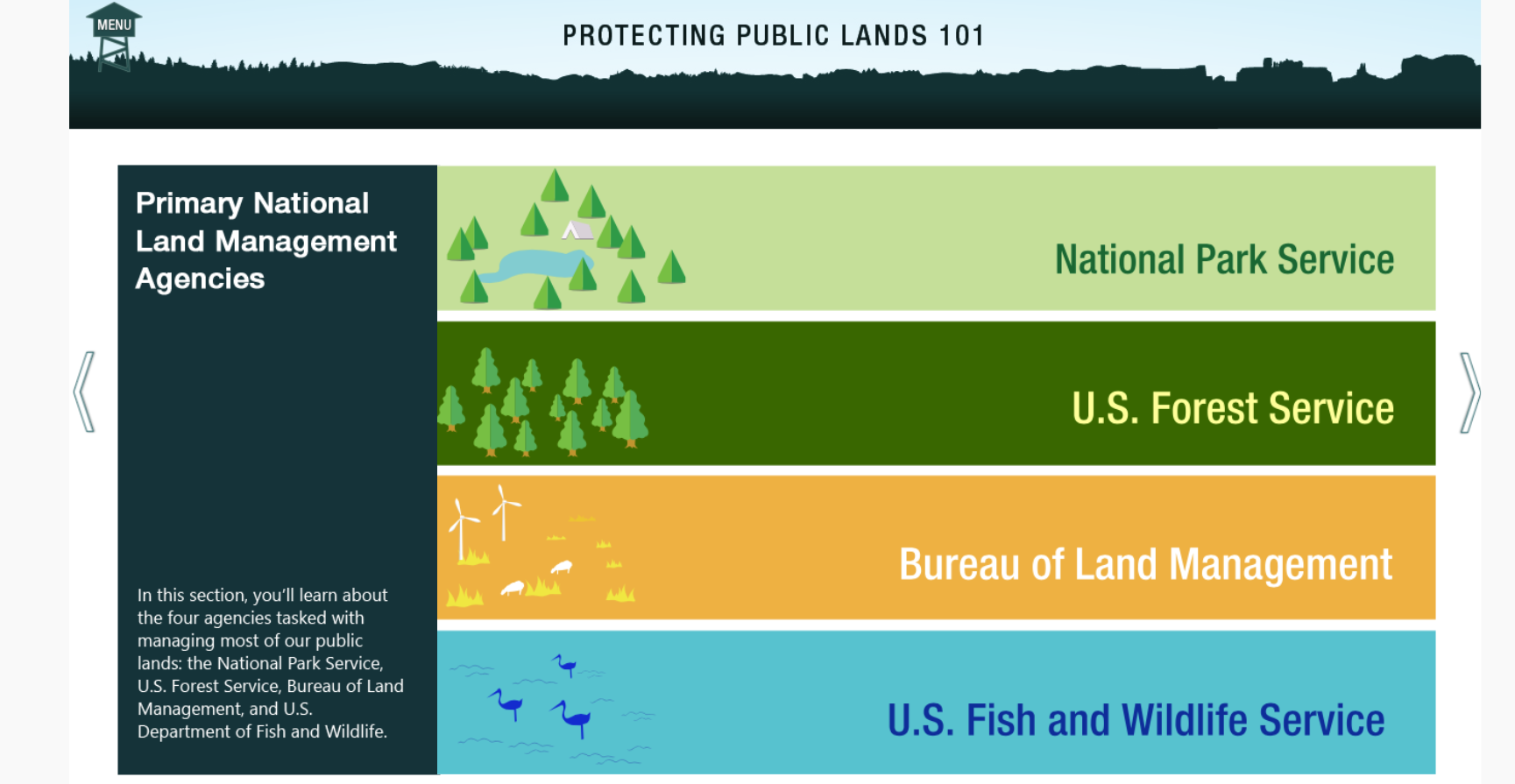Ryan Burke descending from Middle Teton and heading to the saddle of South Garnet on a push for the Grand Traverse. Grand Teton National Park, WY. Photo credit: Taylor Luneau.
Looking back towards Middle Teton from the base of Garnet Canyon I surveyed the skyline from the Grand to Nez Perce. We had just completed the Grand Traverse, a technical ridge climb totaling 12,000+ feet of elevation gain/loss which crosses the Teton ranges most prominent peaks. After two days of intense effort, technical climbing, and challenging route finding, here we stood, unable to wipe the grins from our faces or understand the floating feeling under our feet. It was in this moment that I understood my supreme appreciation for our nation’s public lands; it cemented my commitment to their protection. I thought to myself “every climber should have the opportunity to feel this way.”
Prior to my graduate studies, my understanding of our national public lands was elementary at best. I knew I loved wild places but I didn’t know the ins and outs of environmental law, policy or natural resource science. I can’t say I’m an expert now, but with a dual master’s in the stuff-- and the job of Policy Manager at the AAC-- I have the privileged opportunity to share resources with other climbers who may be in the stage that I once was; passionate about their climbing areas and curious how to protect them.
As a member organization of the Outdoor Alliance, the American Alpine Club collaborates with other outdoor recreation advocacy groups across the country. Recently our partner, The Mountaineers, released the Outdoor Advocates Network featuring a “Public Lands 101” course. The eLearning course highlights a bunch of great material including:
Descriptions of the primary land management agencies
Breakdowns on important conservation designations
The basics on critical conservation laws, and
How to take action on important issues
These days it seems like the political landscape changes as quickly as thin ice on a south facing wall in full sunlight. However, with an understanding of the fundamentals, you can keep up with subtleties of public lands protection and advocate for your home mountain ranges. If you’ve got the appetite, the Outdoor Advocates Network is a great place to start. Not only will the Network help you understand the basics, but it will direct you to the best places to get involved on important public lands legislation. So, if you feel like you’re cruxing out when it comes to discussing public lands issues, or if you have that terrible gut feeling like you’re off route with your advocacy project check out the Network to catch up.
The climbing community has a massive stake in the conversation of our public lands management. The more of us that can advocate for our climbing landscapes the more protections we can expect them to recieve. Together we’re stronger. Come join our fight.
Taylor Luneau
AAC Policy Manager


